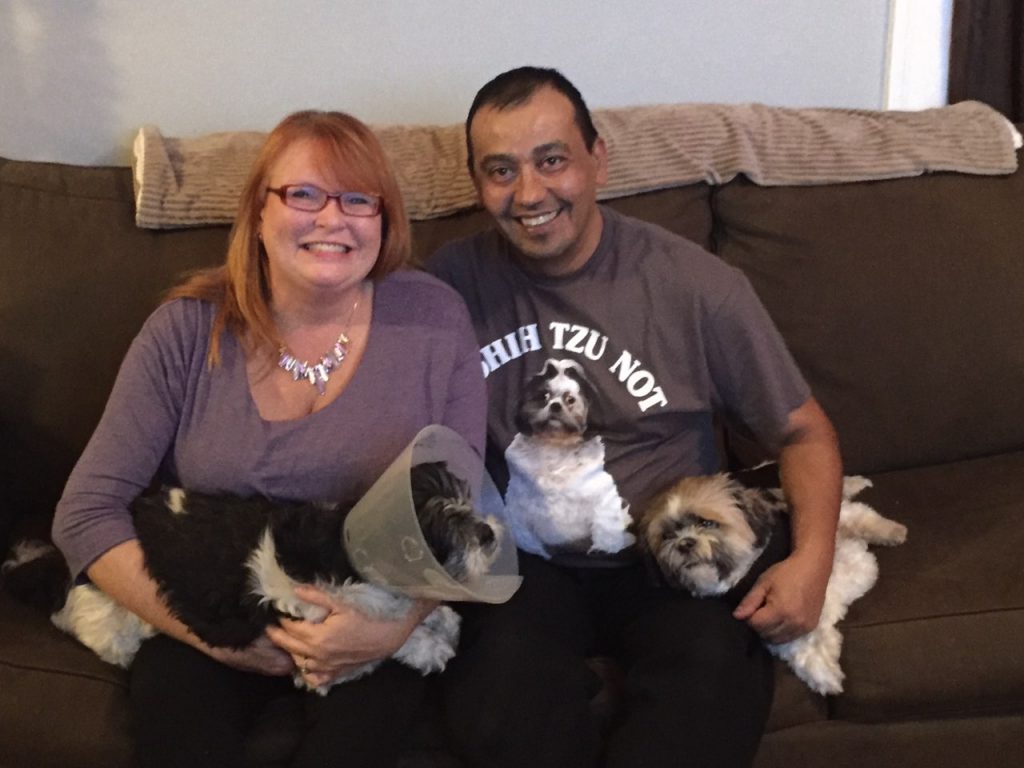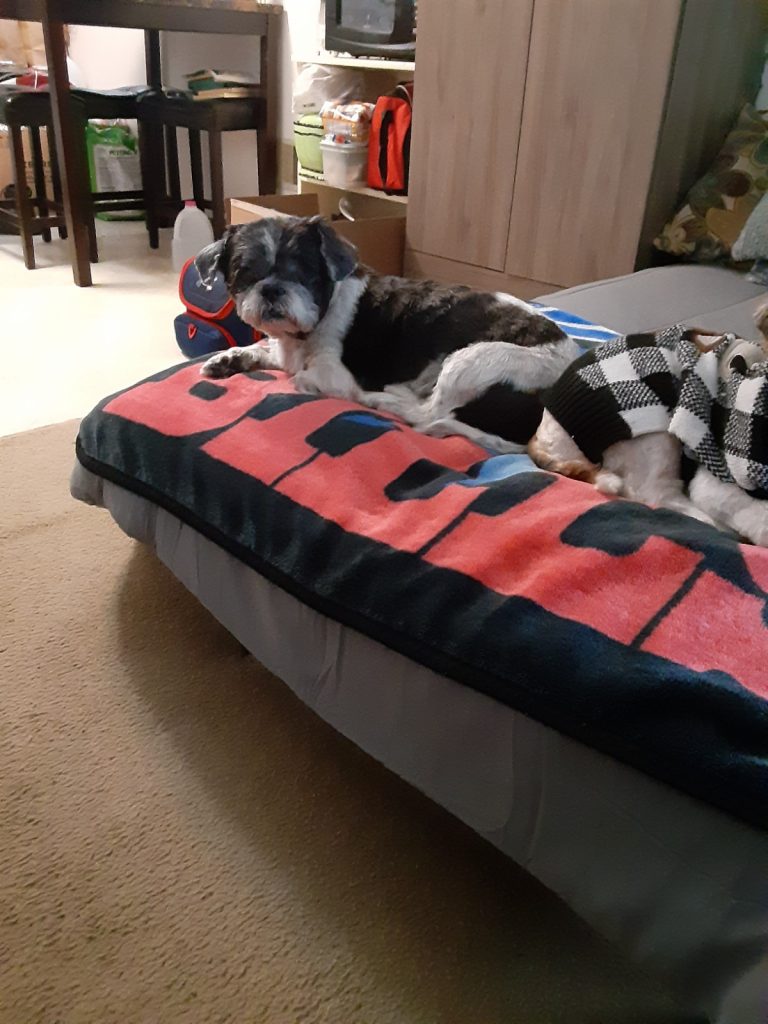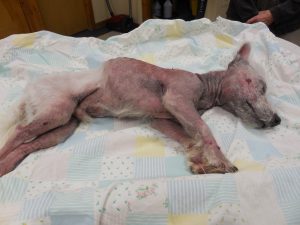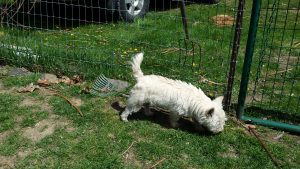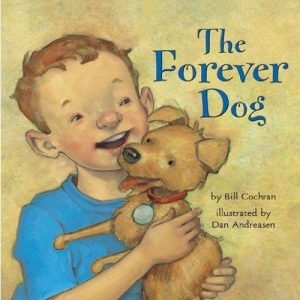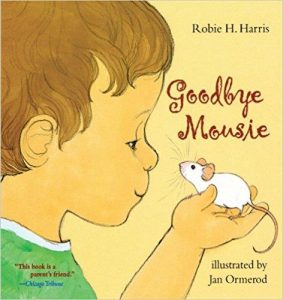Muggs Has an Urgent Problem
Muggs Has an Urgent Problem
Hi, my name is Muggs. I’m a Shih Tzu. My Mom is a senior citizen who lives on Social Security. She adopted me from a local rescue three years ago.
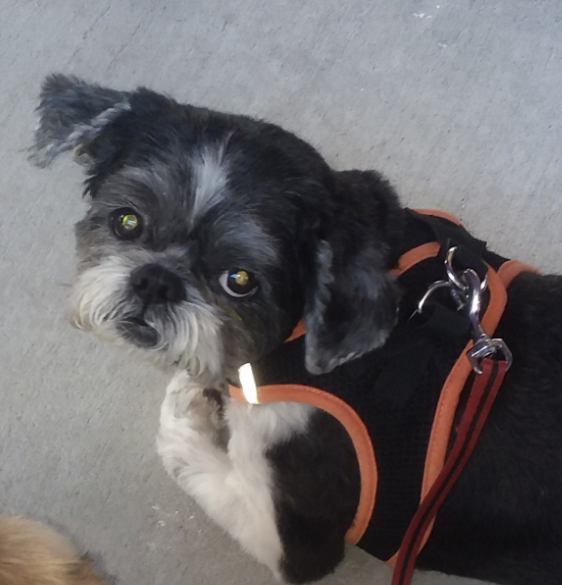
And this is who I’ve always been…..
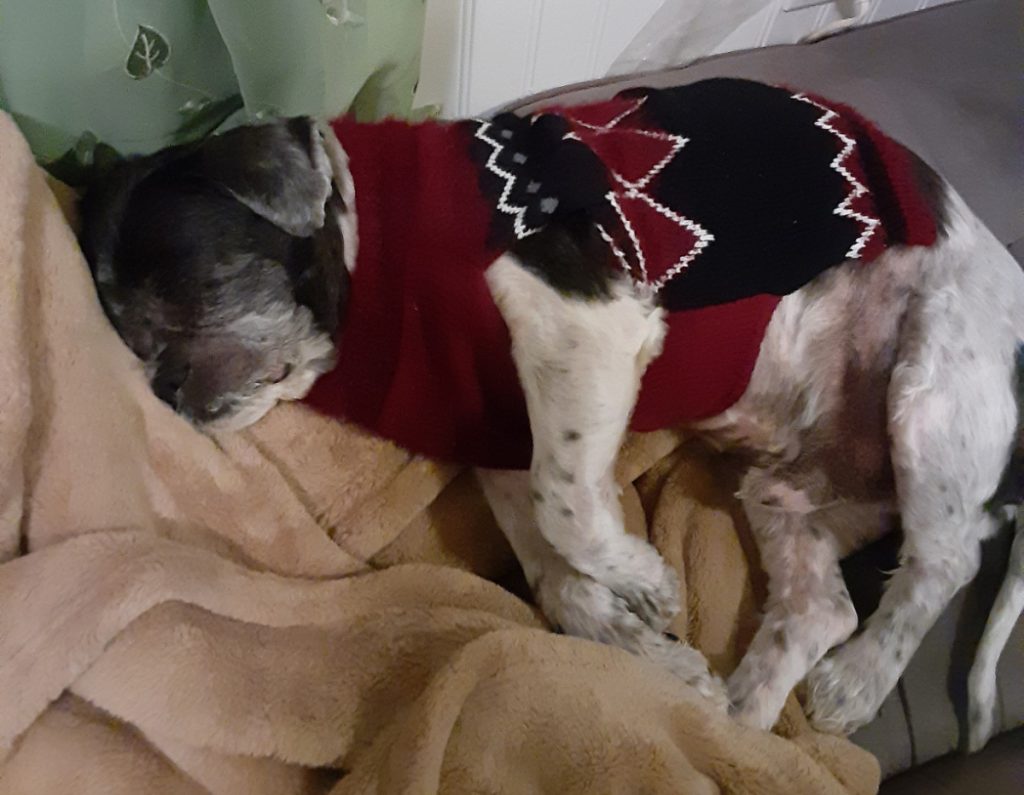

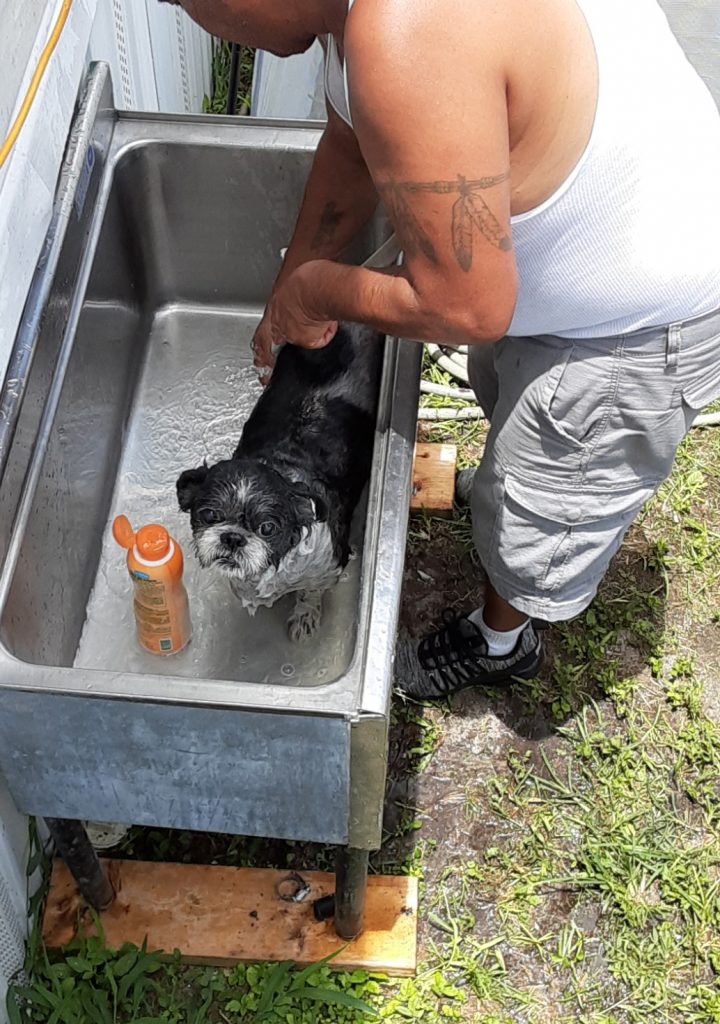
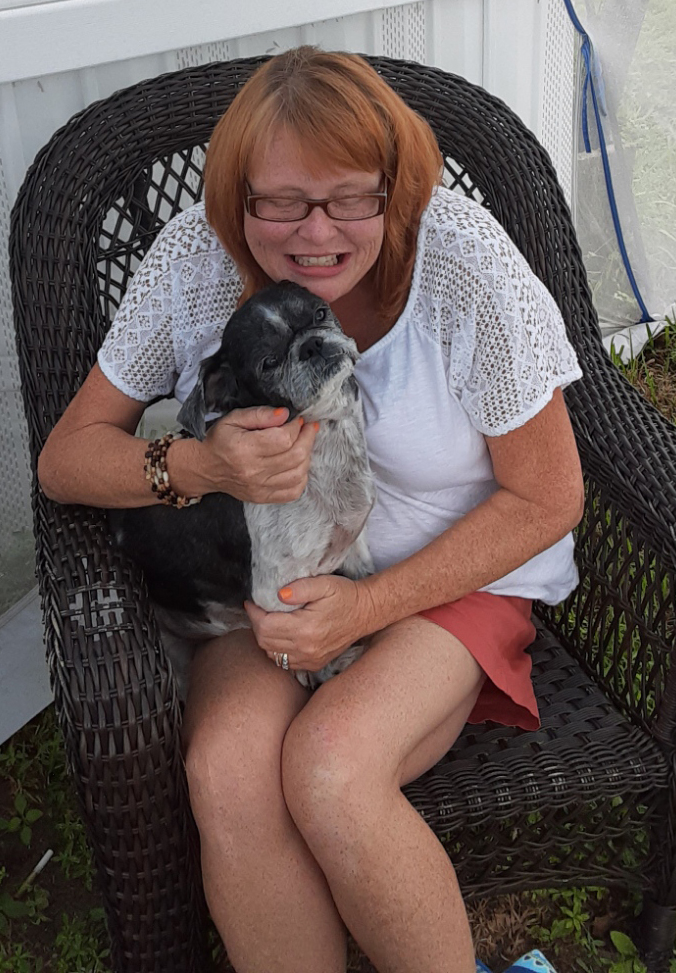
But this is who I am now……..
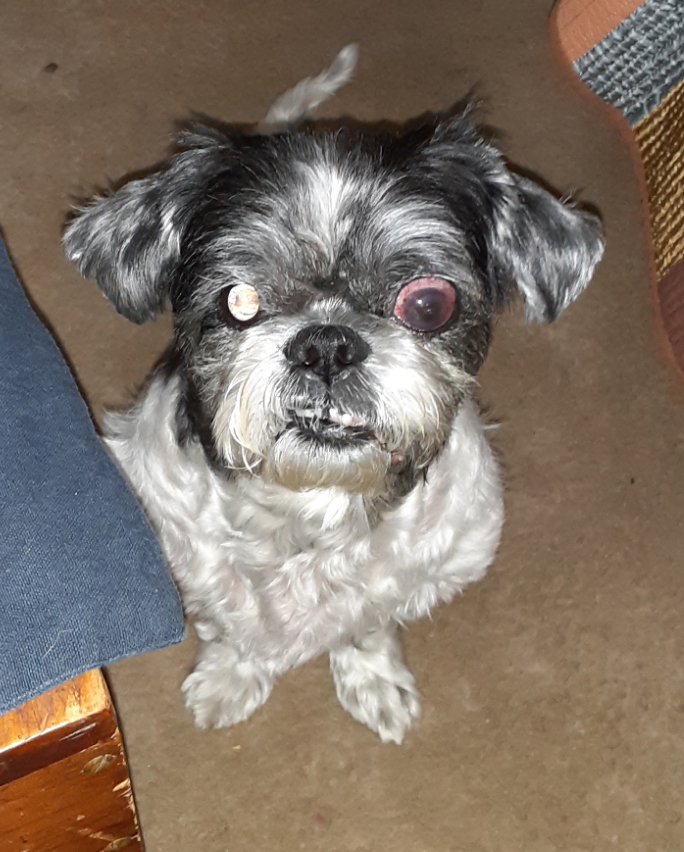
Stricken with secondary glaucoma from an old eye injury I suffered when I was a pup. A few weeks ago, out of the blue, my left eye just started hurting and swelling and now I’ve got one heck of a headache.
The Animal Support Project paid for a specialist at Upstate Veterinary Specialties to examine my eye. He says it’s got to be removed ASAP. There’s no saving it and it’s blind now. That surgery is the only way to relieve my pain but it’s gonna cost over $3,000!
I’m in good shape otherwise but the bad news is, on her limited income, Mom doesn’t have the funds to pay for this surgery. She only had $400 in the bank and she used that to get me seen by our vet before we even went to the specialist. I’m taking pain meds and eye drops to help keep me comfortable but the pressure won’t go down. And I know just looking at this eye is scaring people. I used to be a handsome little guy that the kids loved but now they run from me cuz I look like a freak.
Mom went back to the rescue that sold me to her to ask them for help. But they said they’d only help me if she surrendered me back to them! How do ya like that? The vet says it would be cheaper to put me to sleep but Mom can’t bear the thought of that. For cryin’ out loud, we’ve been together three years and it’s been just magical for both of us! We love the same TV shows, the same snacks, the same movies…….We’re made for each other! Mom could take care of my regular needs just fine. Everything was wonderful. We never dreamed my eye would explode like this! It took nearly a lifetime to find each other. I hope it doesn’t have to end so soon. That would be a heart breaker for both of us.
The Animal Support Project isn’t giving up on us and neither is Mom. She’s calling and emailing everywhere to try and find more money for my surgery. And TASP is posting my story in the hope that others who read about us will maybe donate to help save me. They’re just a small organization and COVID has really hurt them financially just like everyone else. But they know the value of relationships, two-legged and four-legged. They don’t want to see Mom and me separated, especially with the holidays coming. If you can’t donate, would you please share my story so maybe someone who can donate will learn about Mom and me and help us? The time is ticking on this bomb of an eye so I hope we can raise the funds soon. Thanks from the heart for caring and God bless!
Thanks to our caring community, Muggs was able to have his surgery and is now living the good life as a one-eyed dog.
According to his Mom, “He’s doing wonderfully, he’s back to playing with his toys and is running around outside. He is enjoying his treats again, he’s full of life.”

